Traveling to Nepal, Tibet, and Bhutan together is one of the most amazing tours in Southeast Asia. These three ancient Himalayan kingdoms, all of which were once isolated from the outside world, are now three of the most sought-after destinations in Asia. Lying in the mighty Himalayas, Nepal and Tibet share the stunning Mount Everest, the world’s highest mountain, which lies on their joint border.
To the south of Tibet, Bhutan is the last remaining Himalayan kingdom, and the last Shangri-La in the Himalayas. One of the most exclusive countries in the world in terms of tourism, Bhutan has a policy of environmental and ecological tourism that makes it an unspoiled land full of high mountains and virginests interspersed with lush valleys.
Most Classic Nepal Tibet Bhutan Tour Itinerary
One of the best tours for visiting Nepal, Tibet, and Bhutan together, our 15-day Kathmandu to Tibet by Air and Bhutan Cultural Tour is the ideal way to visit these three regions of the Himalayas in one long trip. Taking you to three different regions of South Asia in one tour, the overland trip from Lhasa in Tibet to Kathmandu in Nepal is one of the most iconic tours of the Tibetan plateau available, while the trip to Bhutan, the last true Shangri-La, is the journey of a lifetime.
The adventure in Kathmandu, the exotic capital of Nepal, is a journey of discovery as you travel around the Kathmandu Valley, known as the “real” Nepal. You will get to experience the beauty and unique culture of the Nepali people of the valley, both Buddhist and Hindu, before heading to the Tribhuvan International Airport to fly to Tibet.
Tibet has a wealth of amazing destinations to visit, including the former center of governance at the Potala Palace, the most sacred temple in Tibet at the Jokhang Temple, the stunning sight of Mount Everest towering above you at Everest Base Camp.
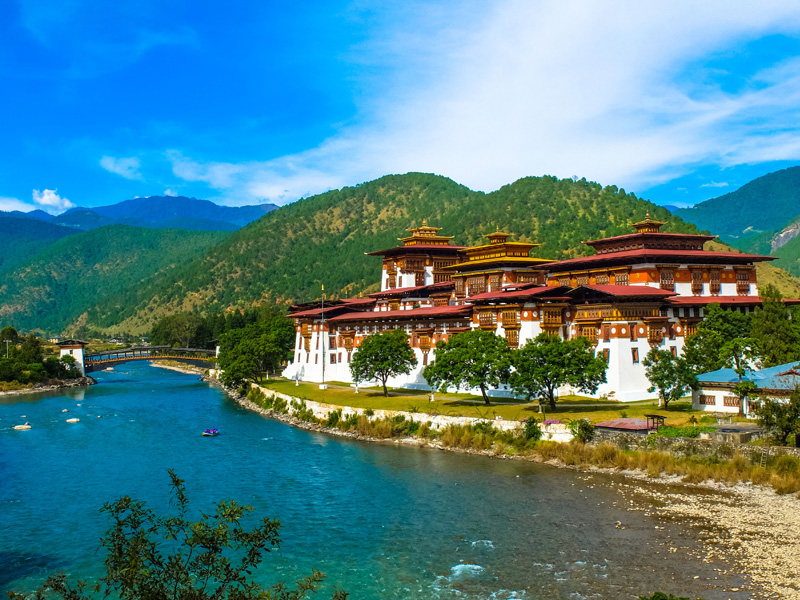
Punakha Dzong, together with the mountains, the fast flowing river, and the blue sky makes a good picture.
The Bhutan leg of the tour takes you to the most isolated and environmentally friendly country in the world, and the only place with a negative carbon footprint. Travel around Paro, Thimphu, and Punakha, and visit some of the kingdom’s most iconic sites, including the Tiger’s Nest Monastery, the Royal Palace in Thimphu, the amazing Punakha Dzong, and many other awesome and inspiring sites. You will also learn more about the unique Bhutanese culture and the varied history of the kingdom that has never been conquered, despite many attempts over the last 3,000 years.
2-week Nepal Tibet Bhutan Tour Cost
The cost of a two-week tour of Nepal, Tibet, and Bhutan can vary depending on your requirements, among other things. For the Bhutan leg of the tour, the cost starts at 200-250 US dollars per day, depending on the time of year in which you take your tour. All tours of Bhutan are regulated, and you are required to be on an organized tour that has a Minimum Daily Fee. This can increase depending on your requirements for accommodation and food, though the minimum you will get is a three-star hotel.
Tibet is also a destination that requires all international tourists to be on a pre-arranged tour of the region, and the cost of Tibet tour also depends on what you require for your trip and the season of travel. Travel to Tibet is cheaper in the low-season months from November to March and higher in the peak months of summer. Costs for flights to Lhasa, hotels for the duration of your tour, and other necessities are all cheaper in the winter months, which make it an ideal time to travel for those wishing to save some money. Apart from the cost of some meals, most of the cost of the tour in Tibet is included in your tour quote for the whole tour.
Nepal, however, is a different matter. Where you stay is entirely up to you, and you can choose from four-star hotels to really cheap budget hostels, and everything in between. The cost of the day tours for this specific itinerary is varied, depending on the time of year, and the trip in Nepal will not usually include meals, which can be found for as little as 15 dollars per day. Other incidental items, such as bottled water, snacks, etc., as well as your flight to Lhasa and flight to Bhutan, are not included.
Best Time to Visit Nepal Tibet and Bhutan
While these three different regions of Asia have very varied climates, there are no reasons why you cannot take a tour of the three at any time of the year. All of the destinations are year-round locations for tourism, and while they do have certain low and high seasons that are somewhat different in Tibet to those in Bhutan and Nepal, there is no reason why you cannot combine the three all year round.
However, for all three areas of the Himalayas, the best time to visit is normally in the spring and autumn, when the weather is optimal for travel and tours in Bhutan, Nepal, and Tibet. Tibet has its peak season in the summer, and while this is the monsoon season, there is actually little rain on the plateau that will affect a tour. However, as Nepal and Bhutan have heavier monsoon rains than Tibet, summer is not the ideal time to combine the three regions into one tour. Winter can be harsh in all three places, though Bhutan and Nepal do have milder areas in the south in the winter months. That said, a winter tour is still possible, as you can visit all three places and the major attractions in all of the months of winter.
Spring and autumn are the peak seasons in Nepal and Bhutan, when the weather is warm and pleasant, with almost no rain and light winds. These are the times when the skies are clearest and visibility is at its best for viewing the high Himalayas. Tibet also has an optimum period in spring and autumn for the clearest skies and driest weather that is not too cold. Spring and autumn in Tibet can be pleasant, if a little cold at night, but one of the most pleasant times to make the journey across the plateau and view the massive peak of Mount Everest.
What documents do I need to travel to Nepal Tibet and Bhutan?
You will need to get your permits and visas for Tibet and Bhutan before you leave home, so you need a good tour operator, like Tibet Vista. Once you have booked your tour of Tibet, we will make the applications for your Tibet Travel Permit on your behalf using scanned copies of your passport. Once the permit has been processed, we will bring it to your hotel in Kathmandu, ready to apply for your Chinese Group Visa with the embassy in the Nepali capital, which is applied for those entering Tibet from Nepal, and cannot be obtained in person. Your other permits – the Alien’s Travel Permit for travel outside Lhasa and the Frontier Pass to allow you to cross the border and reach Mount Everest – will be applied for in advance, and will be brought to you in Nepal before you travel to Tibet.
For Nepal, the process is a lot simpler. As there is no need to have a pre-booked tour, you can make the application for your Nepal Entry Visa on your arrival at the border crossing point of Rasuwa Fort, on the Nepal side of the Resuo Bridge. Processing of the Visa on Arrival normally takes less than an hour, and only requires your passport, one photo, and the fee of around 30 dollars.
Bhutan also requires you to have a pre-booked tour with a registered tour operator before you can even get the visa and flight to the country. Once you have booked your tour with us, we will make the application for your Bhutan Visa with the Immigration Department. Once the visa has been approved, we will receive a Letter of Invitation, which we will forward to you. You will need this letter in order to book your flight with one of the only two airlines that are permitted to fly to Bhutan.
The visa for traveling into Bhutan, and the permits for traveling around as a tourist, are approved before you travel, but you will receive them once you land at Paro International Airport in Bhutan. You simply need to show the immigration staff the Letter of Invitation and they will process your visa and travel permits for you on the spot.
Conclusion
A tour of Tibet, Nepal, and Bhutan is undoubtedly the ultimate in travel through the Himalayas. The largest and highest mountain range in the world, combined with the world’s highest plateau, the world’s best trekking location, and the world’s most isolated and environmental destination, there is no trip like a combined tour of these three icons of Himalayan travel. No matter what is your interest in these three places in Asia, there is a trip that will accommodate you and your requirements. And there has never been a better time to book this amazing and awesome tour than right now.
.jpg)



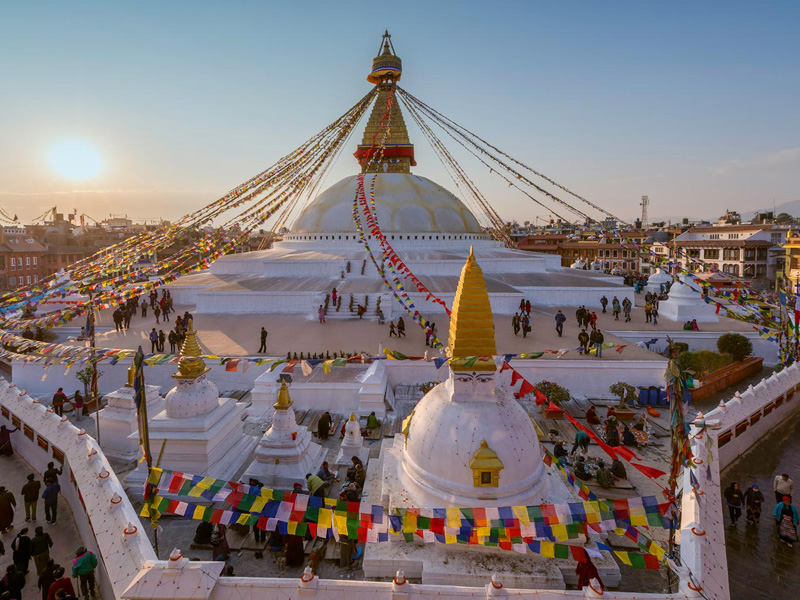
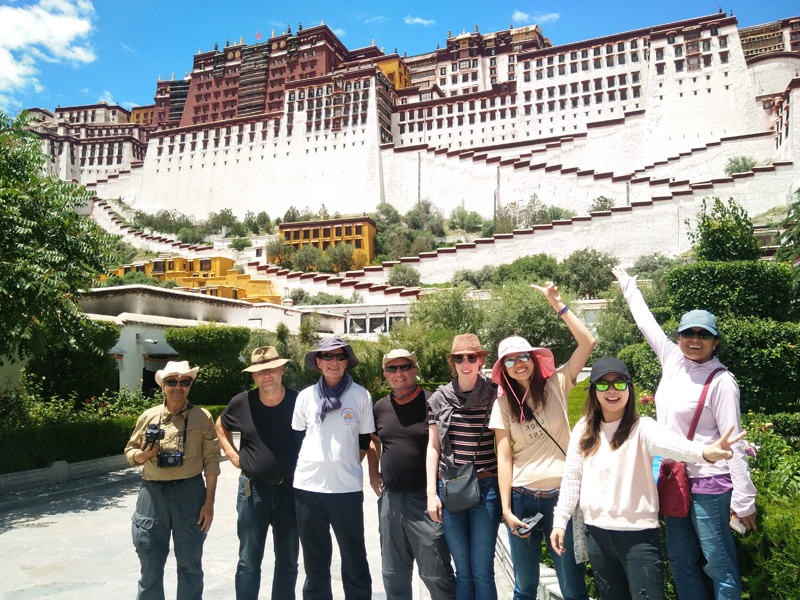
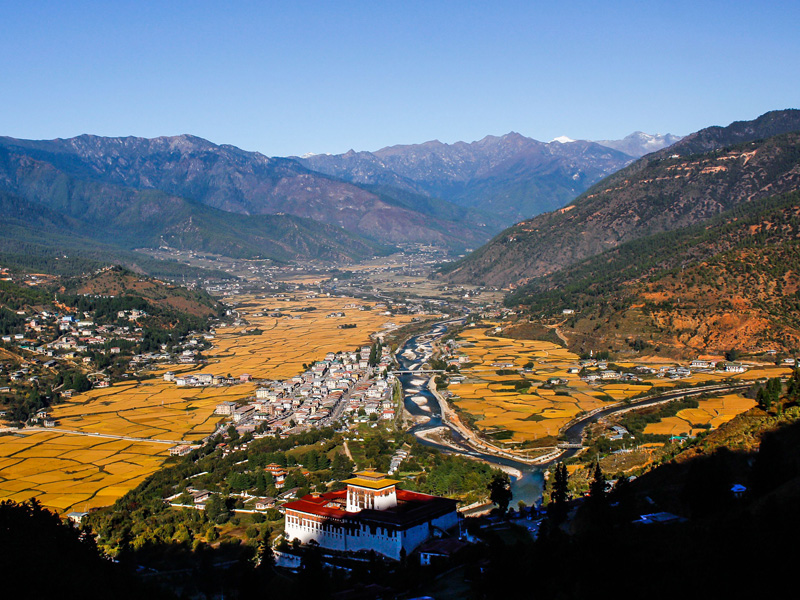

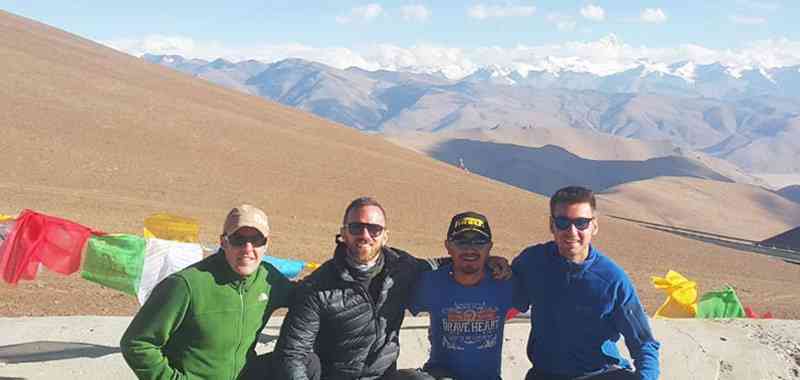
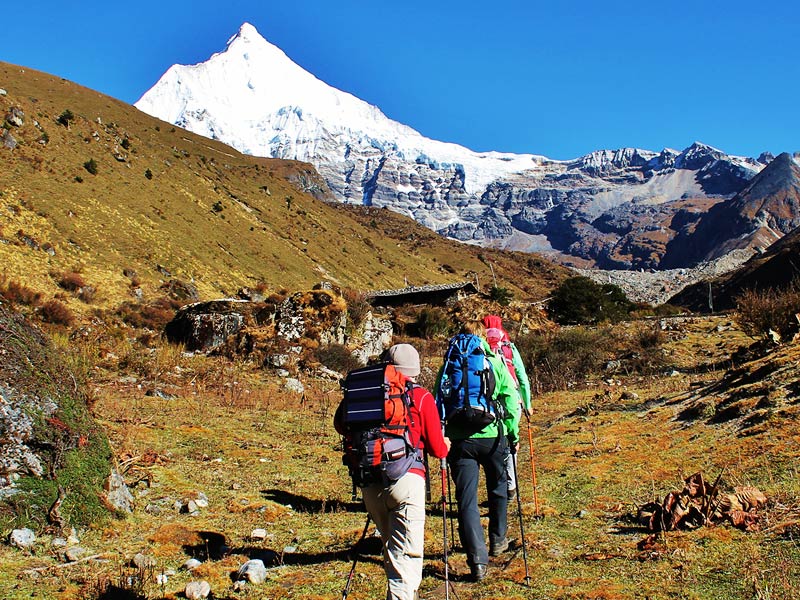
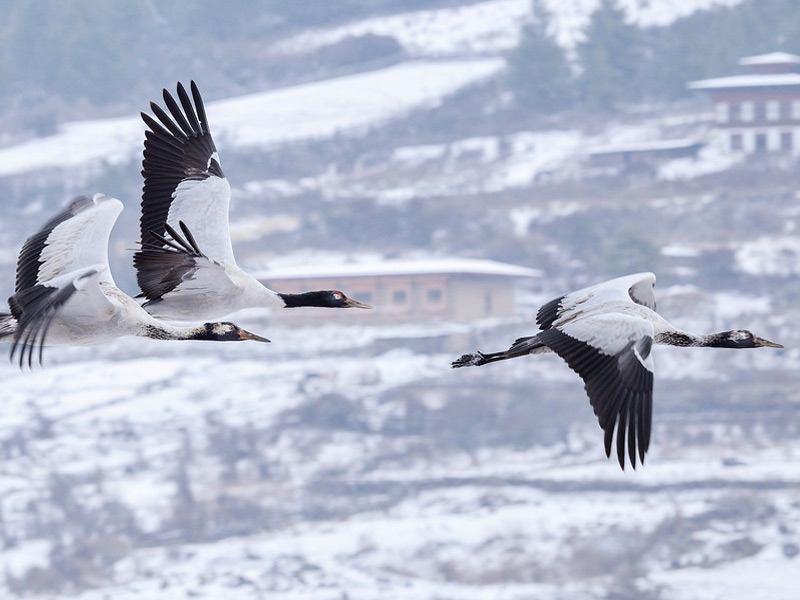
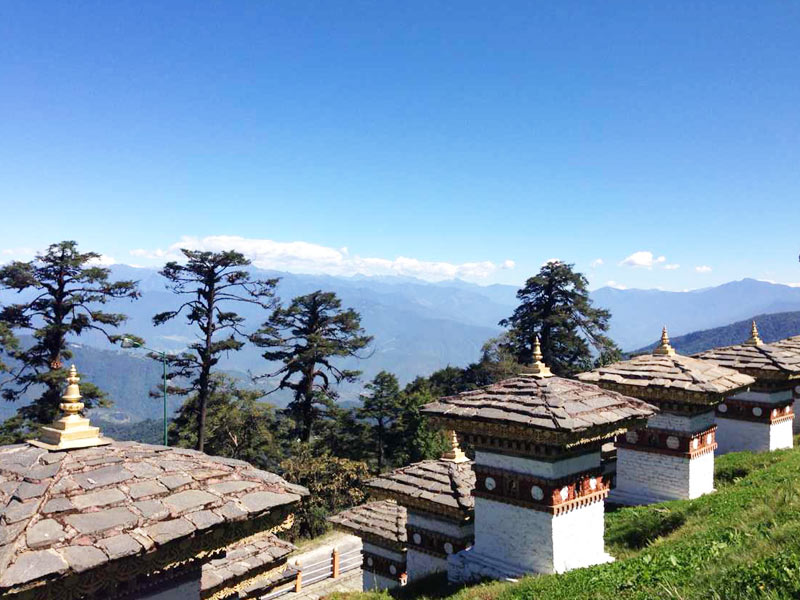






0 Comment ON "Two Weeks in Nepal Tibet and Bhutan: how to plan a Nepal Tibet Bhutan tour for 14 days?"